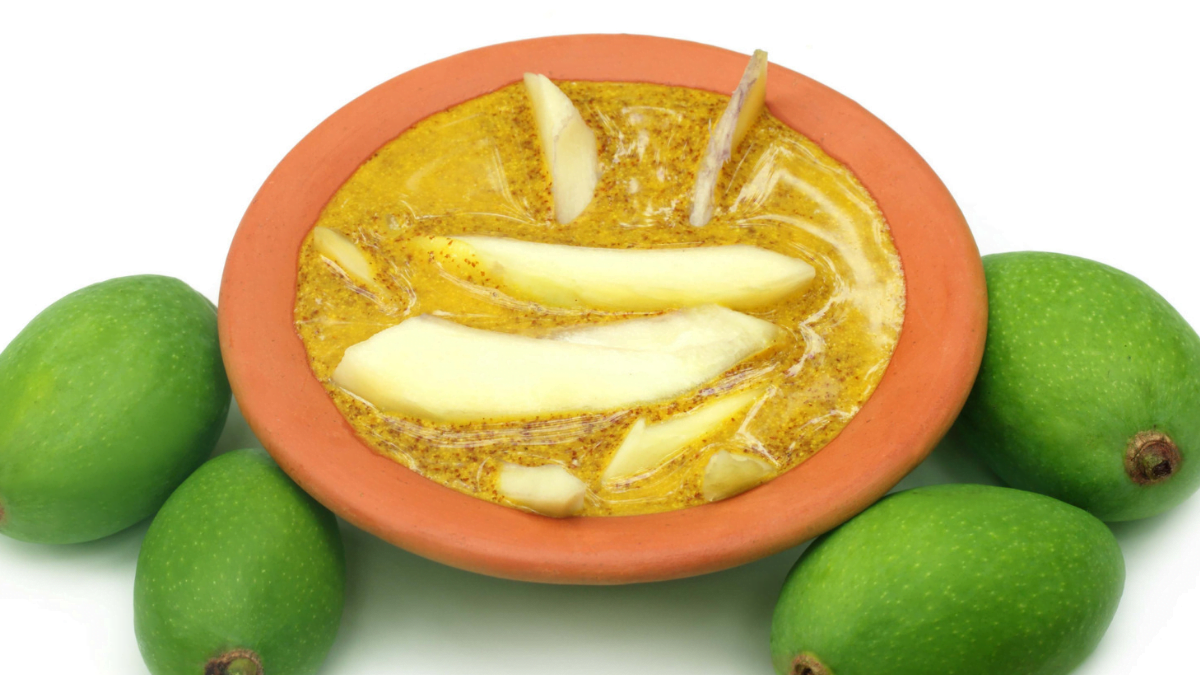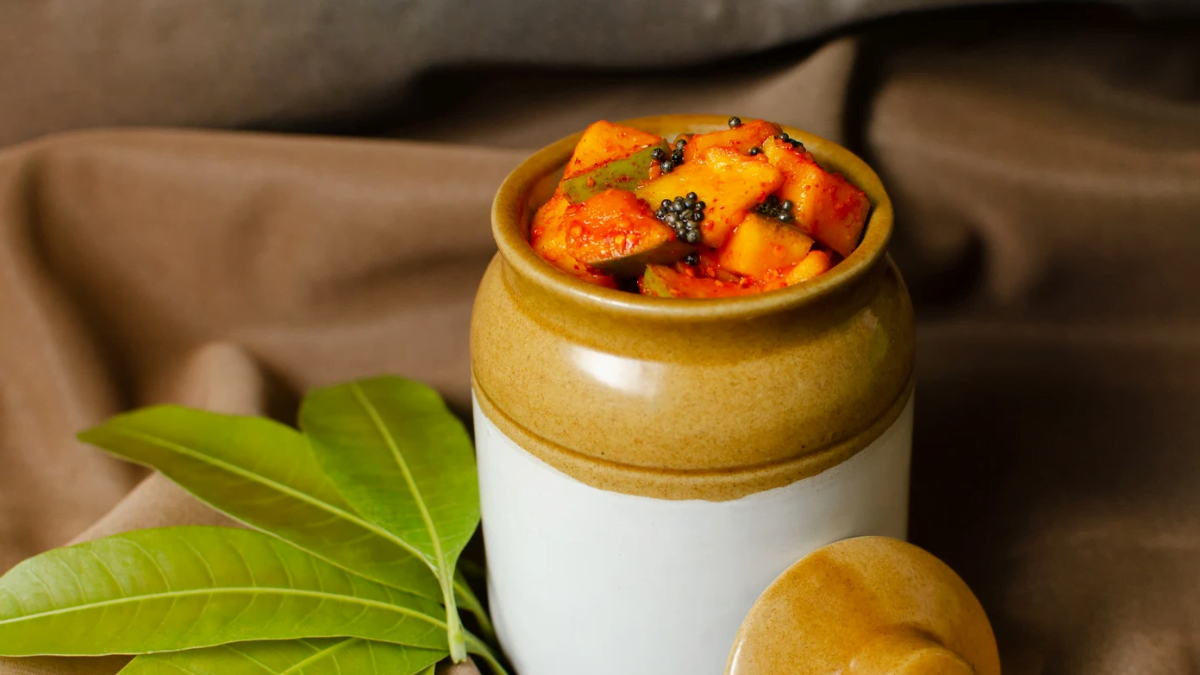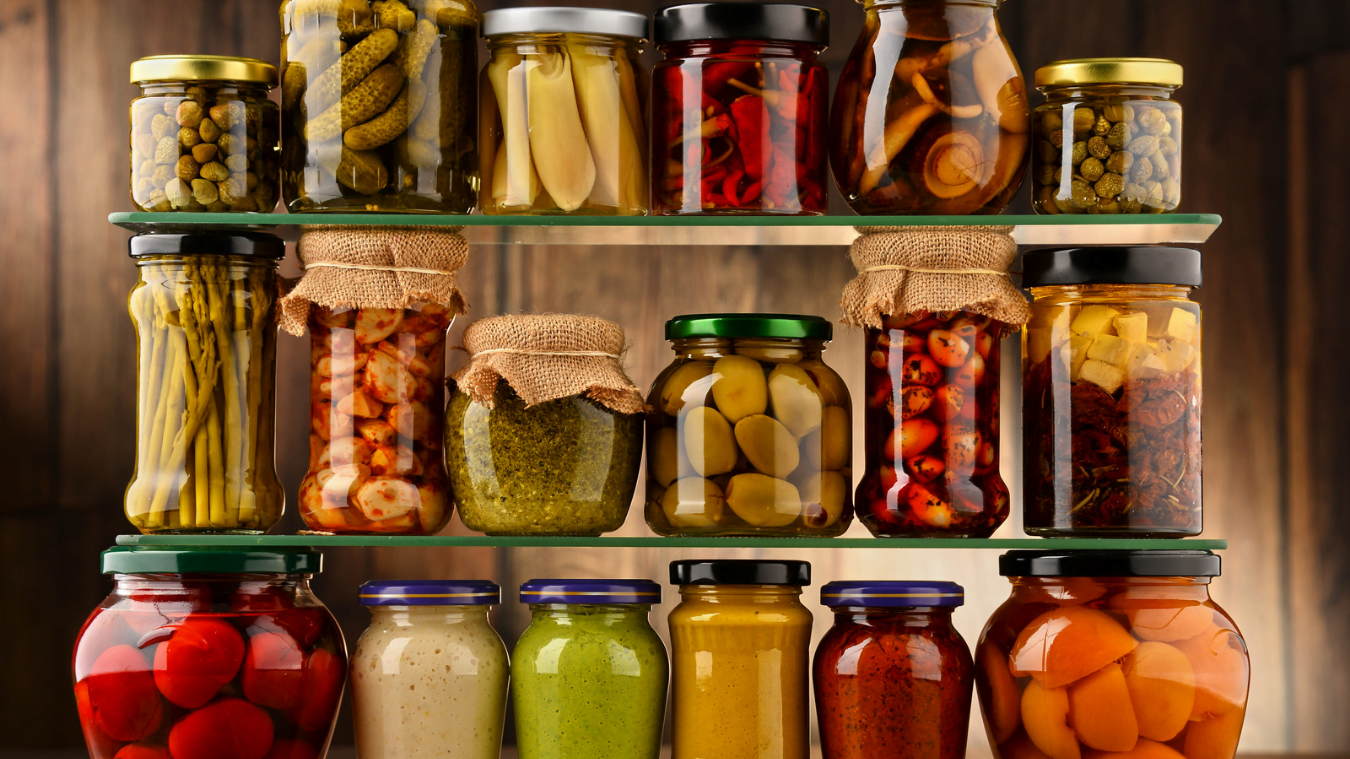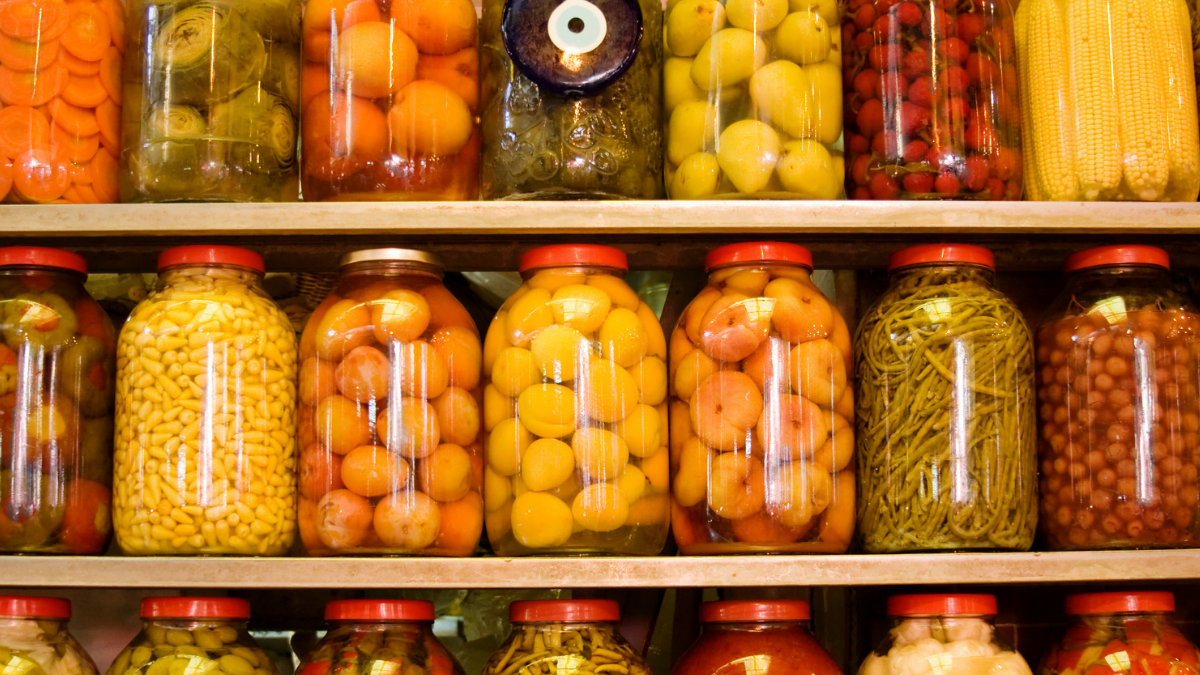Our earliest memory with the pickle or the achaar, be it carefully stolen from jars or relished while basking in the warmth of winter afternoons, always center a grandmother or mother figure. While the bamun thakur (cook) in the household or the modern day chefs would have an expertise over a pan-global array of recipes, they do not appear to make achaar, specifically the intense sour taste.
Our earliest memory with the pickle or the achaar, be it carefully stolen from jars or relished while basking in the warmth of winter afternoons, always center a grandmother or mother figure.
This intense sour, made of mostly wild and easily available fruits and herbs remained the prerogative of the women, in the domain of the private space and was disregarded as an important recipe in the consciousness of the male cook or the culinary archivist for the longest time (till the appearance of culinary archivists as Rushina Munshaw-Ghildiyal, who, since 2017 invite pickle enthusiasts across the country to share their recipes) mostly for the insignificance of the ingredients and the amount of care and time it calls for.
Women and the naturalised process of making achaar
That our grandmothers and mothers, specifically the widows, whose time and energy only caters to the household, would be the producers of a product that called for maximum time and care, seemed natural and was reiterated without minimum interrogation. While in Arundhati Roy’s God of Small Things, Estha and Rahel’s grandmother was the producer of pickles and jams that became a brand later, in Amar Maa’r Baper Bari, a text published in the 1970’s, Rani Chanda too recounts her experience in the early 1930’s of witnessing her grandmother prepare kasundi (a mustard pickle) with the help of other women from the neighbourhood who would help collect the ingredients.

In the process of making, the grandmother would also maintain a certain sanctity, and Chanda would highlight an idea that the women believed, that not all woman can successfully make kasundi. The deliberance on purity and pollution would be remindful, also, of the old taboos that bar menstruating women from touching the achaar pot with a portrayed apprehension that it might get spoilt. The making process thus, not only become a homogenous gendered labour, but also sees segregations where women perpetuate the power dynamics by categorising some to be more sanctified than certain others.
The deliberance on purity and pollution would be remindful, also, of the old taboos that bar menstruating women from touching the achaar pot with a portrayed apprehension that it might get spoilt.
It is also in Kallol Lahiri’s text Indubala Bhaater Hotel, where the narrative would begin, with Indubala beginning her journey with a jar of achaar whose recipe she had inherited from her grandmother, and also end with a recipe named Lachmi achaar, that remained a memorabilia of Lachmi, the first customer and friend of Indubala in the city. The tradition of women being the primary producers of achaar seep into the current era as a lot of popular pickle brands running in the Indian market are actually named as ‘Handmade by Mother’ or ‘Mother’s Recipe’; not only reiterating but also encashing the connection.
Also, there are multiple food blogs that proceed to highlight the connection, as Indira Mukhopadhyay in her article Aaharenu, while mapping similar stories, actually recalls her experience of tasting kasundi and achaar from her grandmothers’ share.
Women as the primary consumers of achaar: why and how
It is the experience of the sharing, the consumption aspect that forms a crucial part of the food memory that proceeds to facilitate and naturalise the gendered aspect of the production process. What separates the achaar from the other dishes is the fact that is is crucially and majorly consumed by the fe-male (and children, since they stay in the care and domain of the female members), an occurrence that draws from the insignificance and easy availability of the ingredients that comes without or at a minimal cost.

As Vandana Shiva in her ‘Women and the Gendered Politics of Food’ (2009) would quote the popular saying ‘we are what we eat’, with a question tagging ‘but what do we eat?’, the position of the female subject within the patriarchal setup exposes itself, where the woman is always the insignificant, the gloriously malnourished one.
While Durga in Bibhutibhusan Bandopadhyay’s Pather Panchali has offered the most popularly available template of a girl making the most of wild berries and herbs to nourish her developing taste buds, similar instances would also reappear in Rani Chanda’s narrative where she would talk of collecting mango, berries, and fruits like chalta or boroi from the surroundings and make a savoury mixture in the afternoons to hand to the women at leisure, who would take delight in them.
Drawing from her grandmother she explains that, specifically the widows who were not sanctioned fish or any taste-good food proceeded to devise these little preparations in order to, what she calls, forget the sorrow of not being able to consume fish.
It was not just consumption, but a much more passionate, delightful experience. Indira Mukhopadhyay in her Aaharenu would proceed to provide a possible reason for the experience of delight that women connect to the consumption of these foods, the achaars, in other words the intense tangy or sour tastes. Drawing from her grandmother she explains that, specifically the widows who were not sanctioned fish or any taste-good food proceeded to devise these little preparations in order to, what she calls, forget the sorrow of not being able to consume fish.
The argument might also be differently made relevant for other women who, being only able to feed on the leftovers, required something to fulfil their hunger as well as respond to the calls of their tastebuds. What Mukhopadhyay’s grandmother calls an attempt to forget the sorrow, might also be looked at as a silent rupture from within the structure that bars women from any lavishous experience. Such experiences of consumption not just substantiate the idea of food being political, but also adds a different layer to the intersectional politics of food.

As the Mood of the Month call for submissions on Feminism in India points out that ‘the intersection of food and social class is seen in the prevailing norm where the higher socioeconomic strata consume high-quality food whereas individuals from lower social classes consume lesser quality food’, and power structures often tend to otherise on the basis of one’s food practices; the visible and constructed difference between the man’s diet and a woman’s diet even within the same class domain, heightens the question as to where does patriarchy place even its “own woman”.
The process of consumption
It is not just the content of consumption, but its process as well that departs from the male dominated patterns. Women’s consumption of achaar is most often shared, much like its making process. It is in that shared eating site that women share the achaar and gossip alike. To reiterate, it is during eating that Lachmi bonded with Indubala in Lahiri’s narrative, a relationship that reifies itself in the coming into being of the recipe named Lachmi achaar. This is also opposed to the West influenced male eating ways where male individuals refrain from talking over the dining table.
In popular and prevalent culture: the reiterated connection between women and achaar
The regular portrayals of women consuming achaar in popular media that always seem to underline an intense passion in the way of eating (as making sounds or acts as playful stealing or gestures as smacking lips) also might be connected with the heteronormative, patriarchal processes that separates the eating habits of men and women. While men have been associated with having less or controlled emotion, it is always women who connotes passion, emotion, connection with nature and irrationality in the binary setup.
It thus seems almost natural for the woman to be seen consuming achaar made of apparently insignificant ingredients collected from the wilderness, and having an intense taste, in an irrational, passionate way. In the film Durgeshgorer Guptodhon (2019), of the only two scenes that feature an array of jarfuls of achaar, one portrays Jhinuk relishing a spoonful, following a sudden excitement at the sight of achaar, and the other catches the Kucho, the kid of the house stealing something from the jars.
In the first scene, the audience is also provided with information that it is Pishi (the old guardian woman in the family who appears to be a widow) who is the maker of the achaars. These scenes which do not directly add to the story and remain for ancillary purposes, reiterates the connection between the achaar and the female selves almost naturally, and even though Pishi’s jars remain in an alluring display, it is never that any adult male character appeared near it or spoke of it.

The consumption of achaar even though takes place in the private or in a closed sphere becomes a kind of performance that is related to an assigned gender role. The binary that Sohel Sarkar marks in her ‘The Art, Craft and Gendered Labour of Achaar’ between feminine food and masculine food, explaining feminine food as the food that specifically women consume; might substantiate achaar as a feminine food that is prepared, majorly consumed and perceived to be belonging to the woman’s domain.
The consumption of achaar even though takes place in the private or in a closed sphere becomes a kind of performance that is related to an assigned gender role.
Tupur Banerjee, in her ‘Gender in Food: Food Habits of Bengali Women’ asserts a similar prevalent notion as she speaks of a male deity in Odisha (Kendrapara) being strictly not offered the sour amla, but a female deity in the same region having it as a regular part of her diet. It is also the undercurrent of this very idea that surfaces itself as people often seem to use a passing phrase (in the eastern part of the subcontinent) in the everyday as ‘meyeder moto tok/achaar khawa‘ (to consume the sour taste like a woman).
While it is such ideas that otherise and disregard the female experience, it is also from these ideas that the female experiences begin to carve their own distinct identities.
References:
- Chanda, Rani. Amar Maa’r Baaper Bari, 1997.
- Bandyopadhyay, Bibhutibhushan. 1929. Pather Panchali.
- Shiva, Vandana. Women and the Gendered Politics of Food (2009)
- Durgeshgorer Guptodhon, 2019, (directed by Dhrubo Banerjee)
- Pinjare Boshiya (1995): Kalyani Dutta




